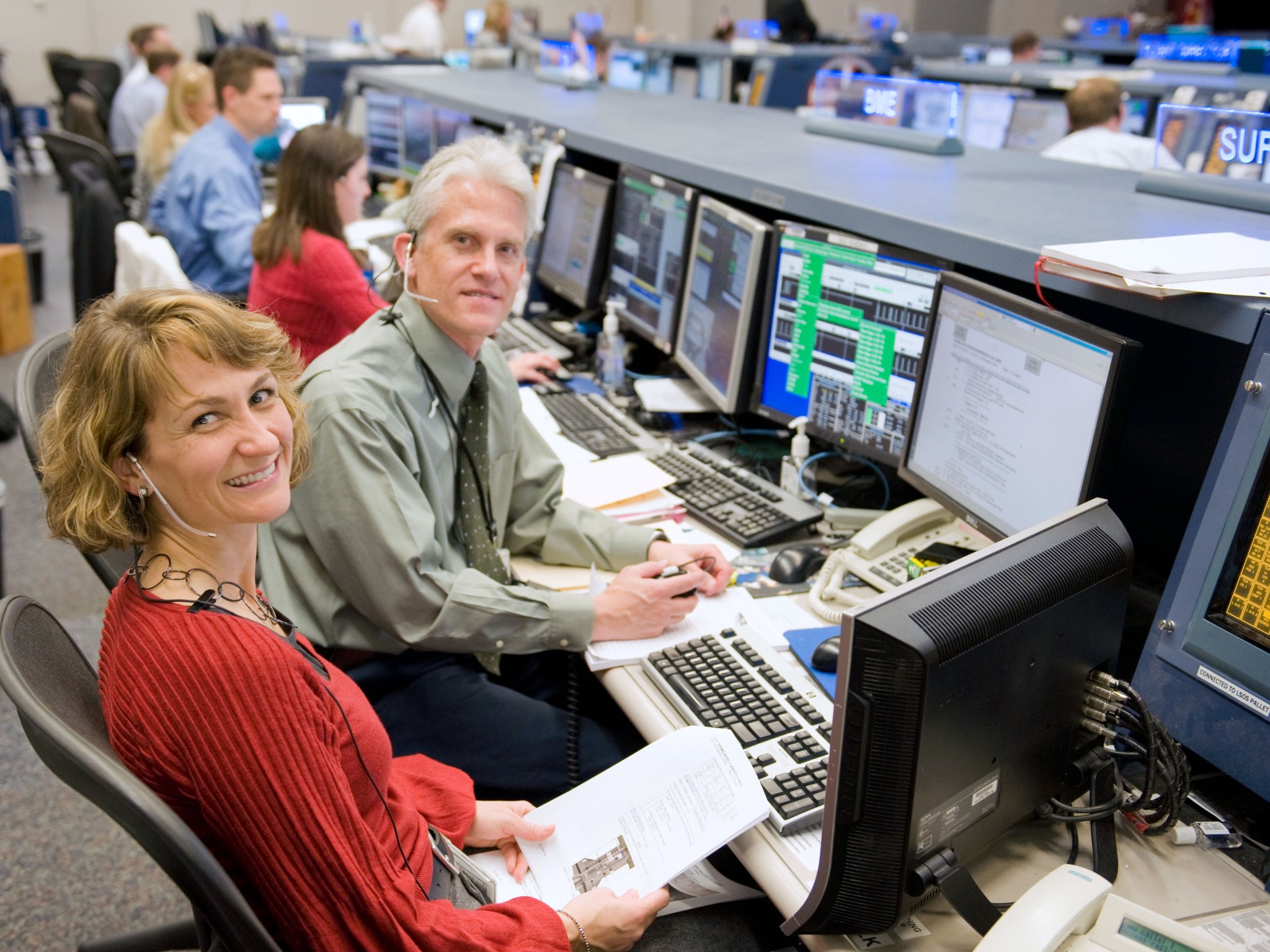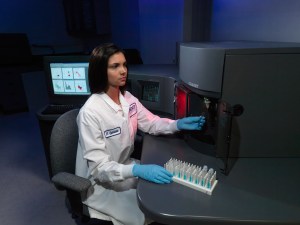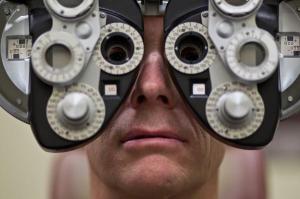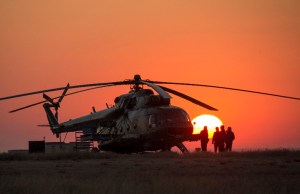Personal Doctors to the Astronauts
Given the significant investment in training and preparation for missions, it is critical that flight crew members are kept as healthy as possible. To that end, NASA assigns a special doctor called a ‘Flight Surgeon’ to each crew once they are assigned to a mission. Flight surgeons oversee the health care and medical training when they are preparing for their mission and also take care of any medical issues that arise before, during, or after spaceflight. During a mission, flight surgeons work the console in the NASA Mission Control Center (MCC) under the call sign ‘Surgeon’ and hold weekly private medical conferences with the astronauts. Flight surgeons do not report details of the conferences back to Mission Control, however, if they learn something that could affect the mission, they inform the flight director.
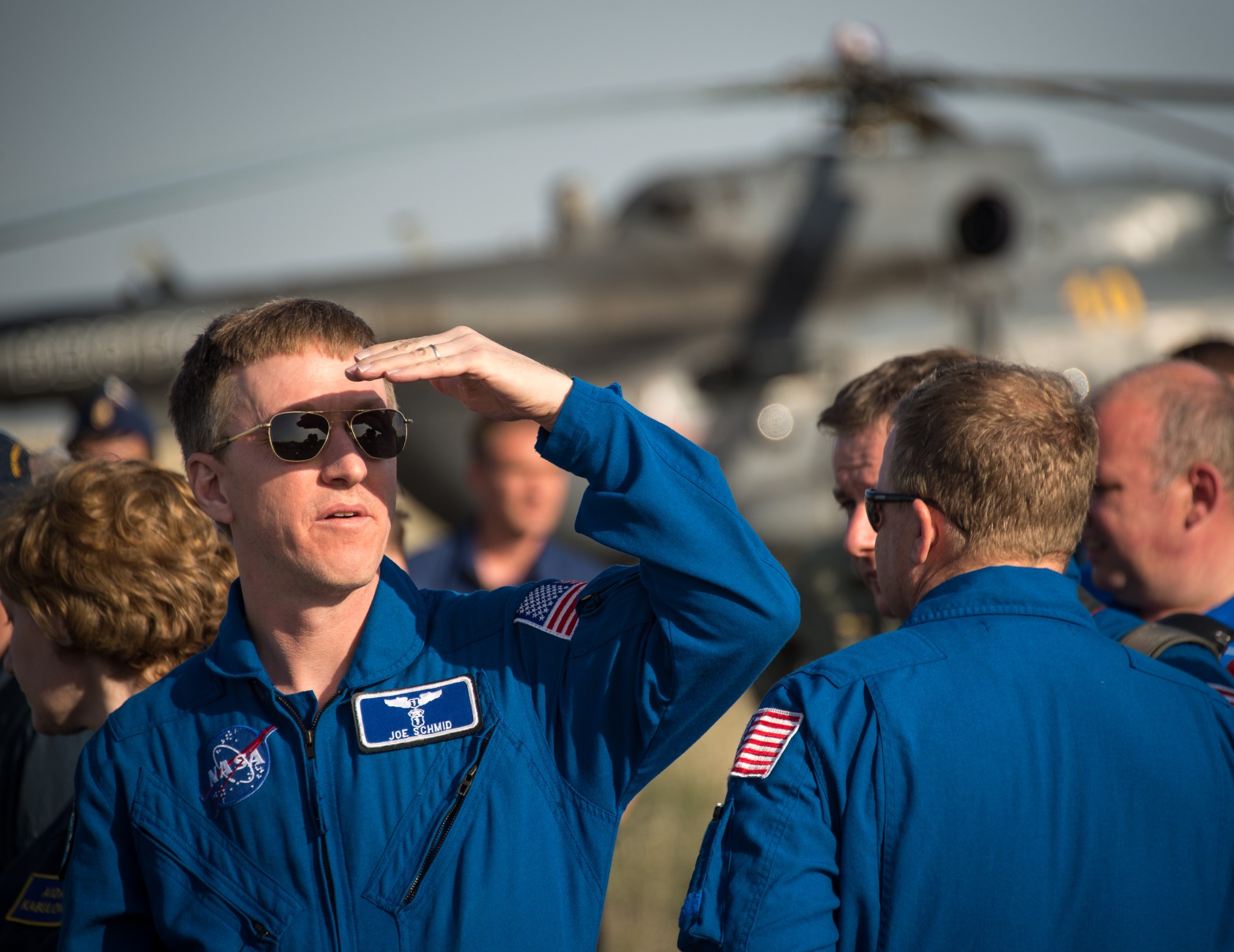
Extensive and Ongoing Training
A Flight Surgeon is a physician that has specialized training and board certification in Aerospace Medicine. Most flight surgeons are also board certified in an additional specialty such as family medicine or neurology and maintain their certifications in both specialties. This extensive academic requirement means that most flight surgeons will undergo an average of 12 to 14 years of undergraduate, medical, residency, and clinical training before earning the title. And the training doesn’t stop there. Flight surgeons must stay current on new technologies and advancements in telemedicine, pharmaceuticals, treatment protocols, and diagnostic techniques to address the challenges of medical care for the crew on-orbit.
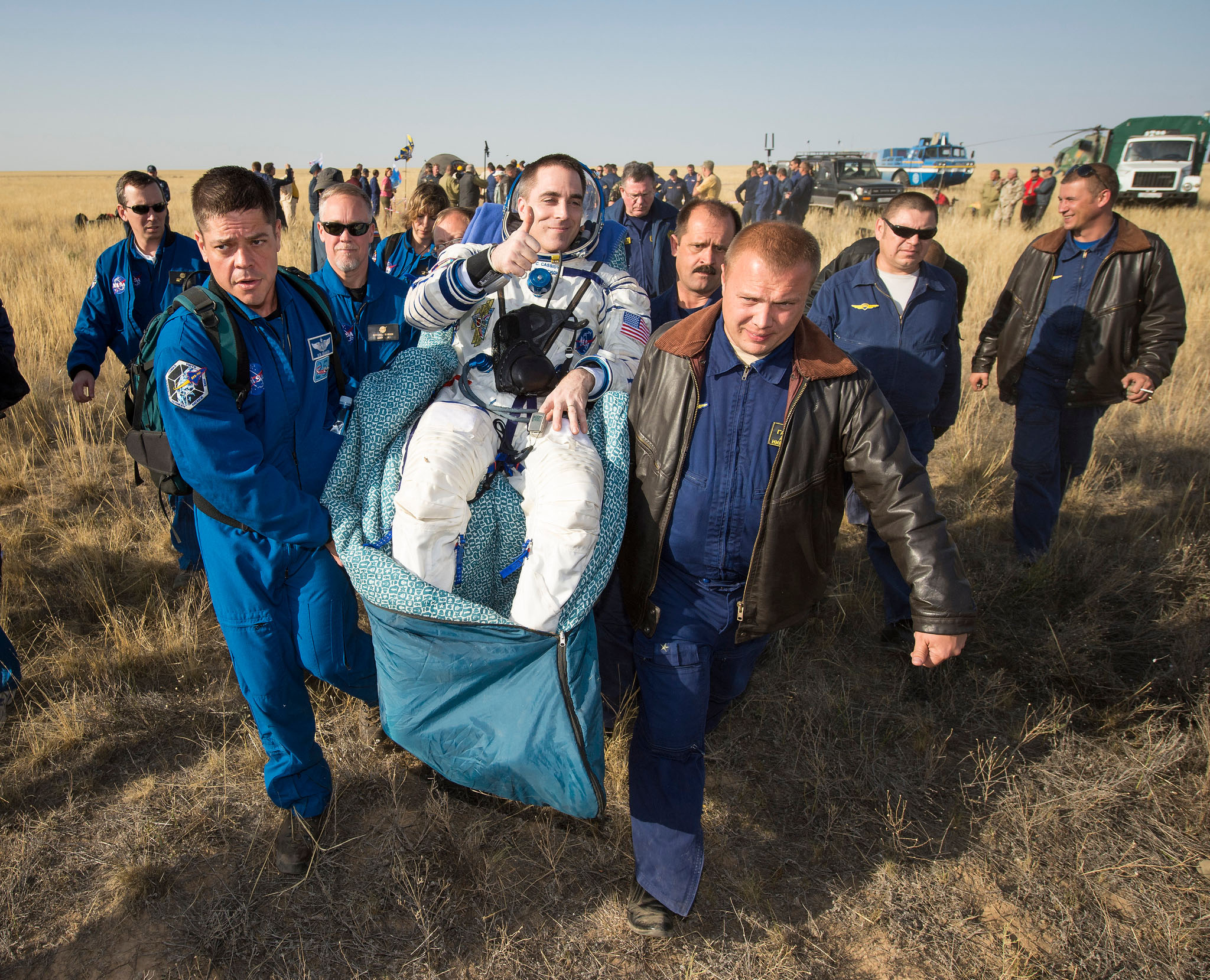
Travel Means More than Just House Calls
In addition to performing regular physicals to ensure astronauts are healthy enough to fly, flight surgeons also provide medical services for the astronaut’s family. Utilizing the Flight Medicine Clinic at Johnson Space Center, these doctors form a close, personal bond with their patients which leads to a better, overall picture of their health—even if it requires a phone call in the middle of the night or a house call. In fact, the flight surgeon is usually one of the first faces a crew member sees after landing. Flight surgeons must frequently travel to launch and landing sites, even the remote fields of Kazakhstan for recovery of the crew after a Soyuz landing.
Points of Contact
Gary Beven
Nancy L. Srb



























